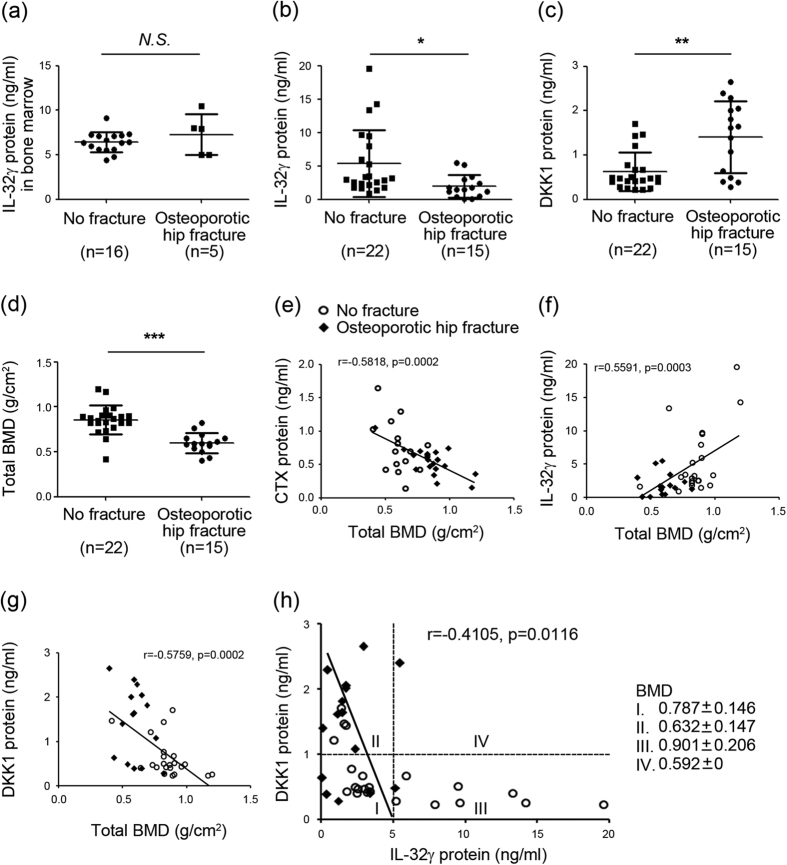Figure 5. The decreased level of plasma IL-32γ is positively associated with bone mineral density but negatively related with DKK1 level in patients with osteoporosis.
(a) Human IL-32γ levels in the bone marrow samples from patients with no fracture (n = 16) or osteoporotic hip fractures (n = 5) were measured using a commercially available ELISA kit. (b,c) Levels of human IL-32γ and DKK1 in the plasma samples of patients with no fracture (n = 22) and osteoporotic hip fracture (n = 15) were measured using a commercially available ELISA kit. Systemic IL-32γ levels (b) and DKK1 levels (c) in the plasma samples from patients with osteoporotic hip fracture or no fracture. (d) Comparison of BMD in total patients (n = 37). The bars show the means ± SD. NS, not significant; *** p < 0.001, **p < 0.01, *p < 0.05. (e) Concentrations of human CTX protein in the plasma were measured with an electrochemileuminescence immunoassay (ECLIA) kit. Relationship between plasma CTX (e), IL-32γ (f) or DKK1 levels (g) and BMD in total patients. (h) Correlation curve between IL-32γ and DKK1. The mean BMDs in total patients were categorized into 4 groups (I–IV) based on the cutoff values of DKK1 (1 ng/ml) and IL-32γ (5 ng/ml). Data are represented as the means ± SD.

